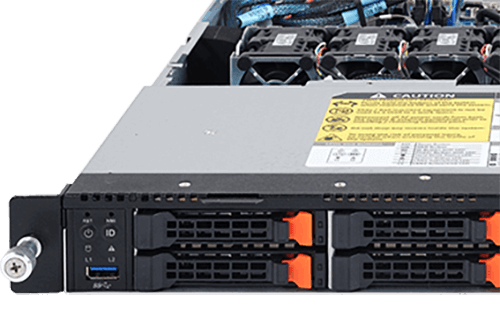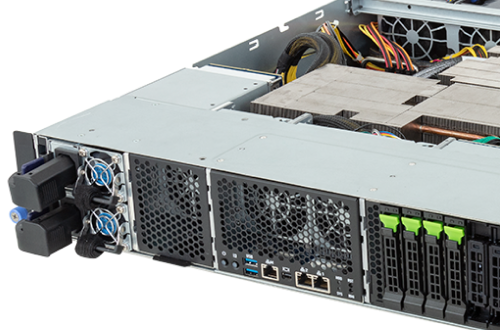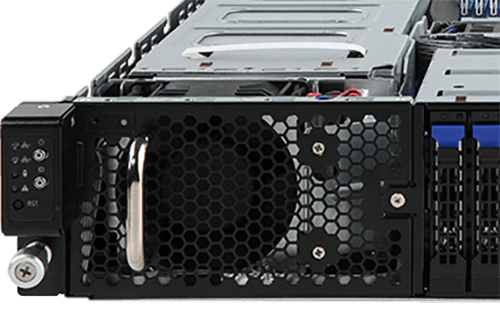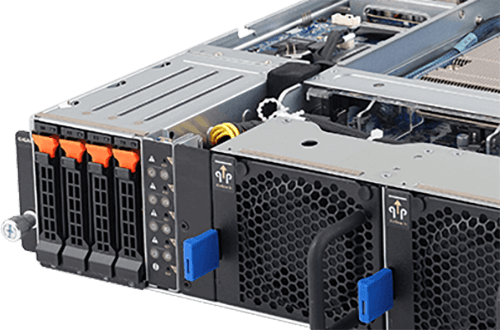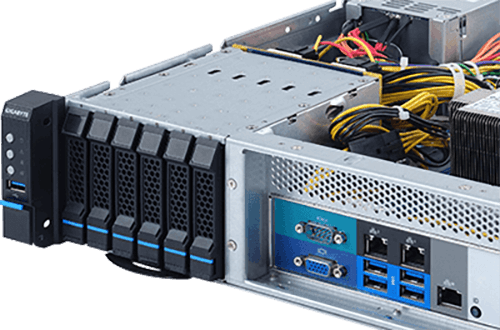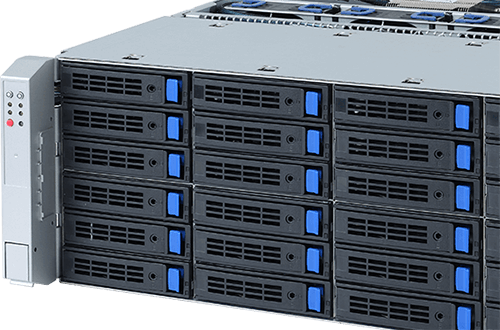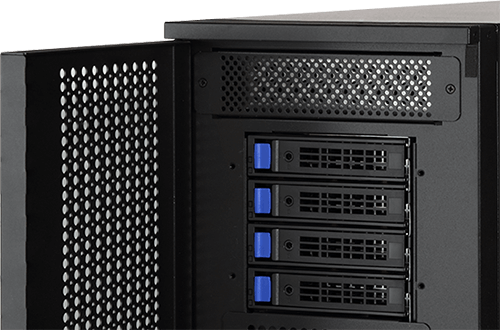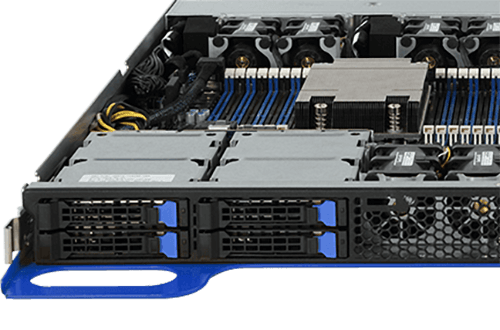Virtual Machine
What is it?
A Virtual Machine ("VM") is a software file, referred to as an image or an instance, which exhibits the behavior of a physical computer. Much like a physical computer, the VM runs an operating system and applications, and has its own virtual resources, including CPU, memory, hard drives, network interfaces, and other devices. Each VM's virtual resources are then mapped to the real resources on the physical host computer. A VM gives the end user the same experience as they would on the host itself, and single or multiple VMs can reside on the same host. For servers, multiple VMs run side-by-side with a piece of software called a hypervisor to manage them. The use of VMs to meet computing needs especially on the enterprise side is commonly referred to as virtualization.
Why do you need it?
For a single user, a VM offers advantages of manageability and security, as well as the flexibility of running a separate operating system and non-native applications, making them ideal for software developers and testers. For example, a VM is isolated or "sandboxed" from the host system and other VMs, meaning that the software inside a VM can't escape or tamper with the computer itself. This produces an ideal environment for testing other operating systems including beta releases, accessing virus-infected data, creating operating system backups, and running software or applications on operating systems they weren't originally intended for.
For an organization, the use of VMs for their server platform offers many benefits of greatly increased hardware and maintenance cost savings, faster deployment of new servers, and disaster recovery. For example, most of the servers in a strictly physical environment are heavily under-utilized, using an estimated 5-15% of their capacity. When a virtualized server approach is implemented, hardware utilization is increased because one physical server can now hold multiple virtual machines. Applications no longer need their own server because each virtual machine on the physical server now runs them. In 2011, IDC reported a 40% reduction in hardware and software costs for IT departments that adopted a server virtualization strategy. Virtualization leading to a reduction of the number of physical servers requires also results in reduced power and cooling demand.
VMs also allow for faster server provisioning and deployment: a new VM can be provisioned and deployed within minutes, allowing an existing VM to be cloned without the hours and costs normally spent installing a new physical server. And perhaps one of the greatest benefits of server virtualization is portability and recovery: the capability to move a VM from one server to another quickly and safely. Backing up critical data is done quickly and effectively because a company can effortlessly create a replication site. Most enterprise virtualization platforms contain software that helps automate this process during a disaster.
How is GIGABYTE helpful?
GIGABYTE offers many server systems ideal for a virtualized environment, including general purpose rackmount servers (for both x86 and Arm platforms) as well as those with optimized CPU, GPU or storage density. Each product offers a high degree of flexibility on how they can be deployed with a rich number of expansion slots for add-on cards. While virtualization platforms are hardware agnostic, GIGABYTE has partnered with several different ISV (independent software vendors) or VAR (value added resellers) in different regions and market segments to offer a ready to deploy virtualized infrastructure platform to the customer.







